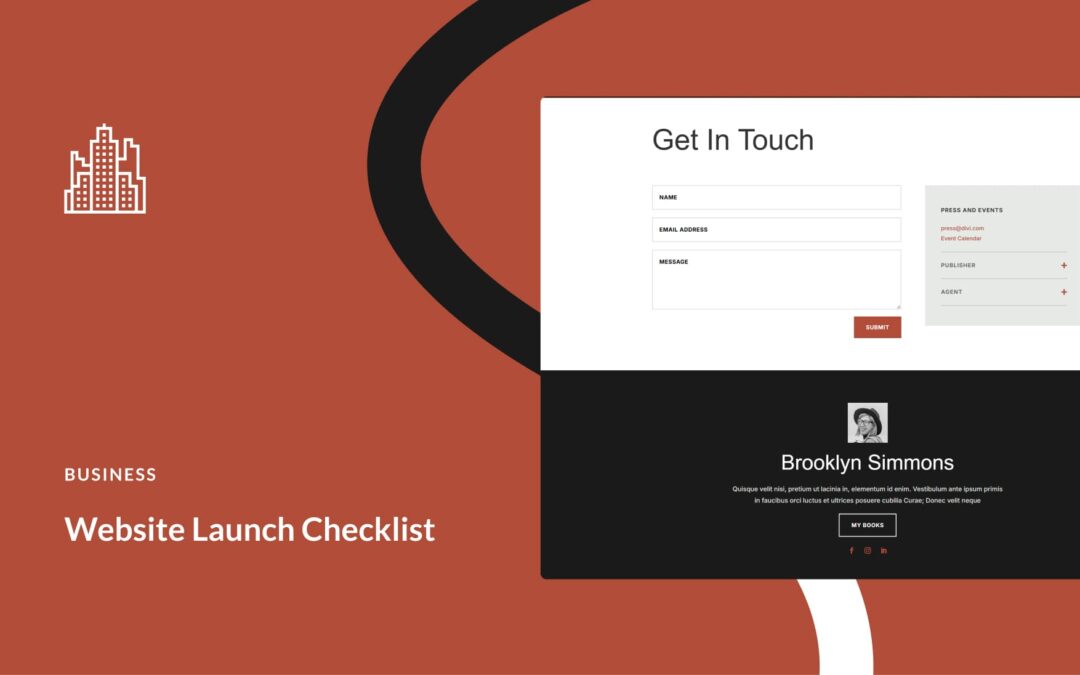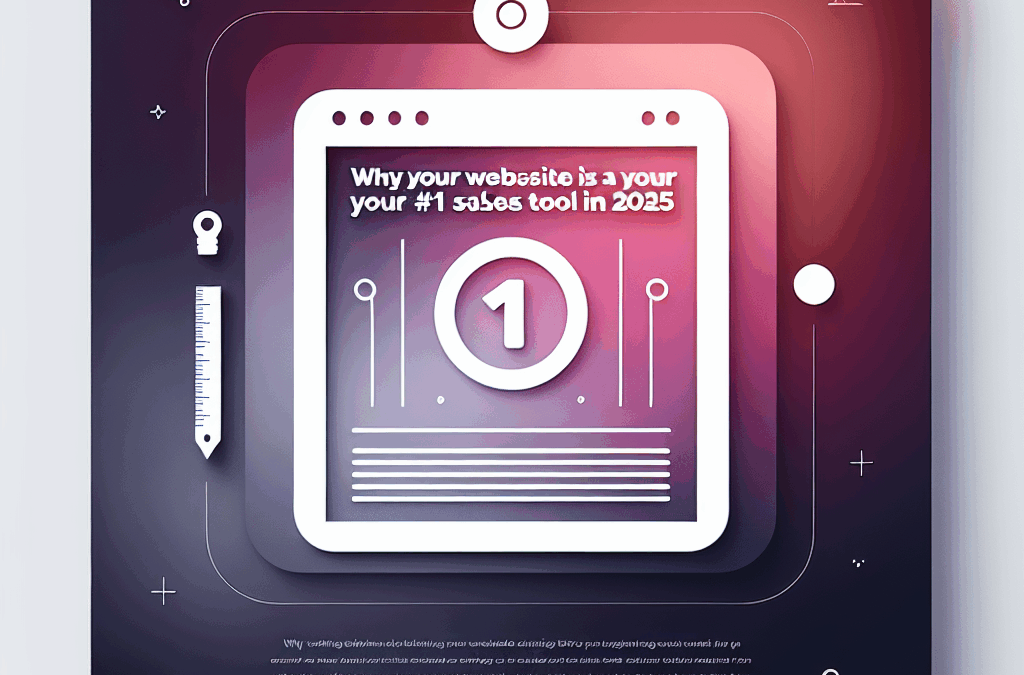Welcome to the Ericks Webs Design blog! If you’re a small business owner in South Texas looking to enhance your online presence through a consistent and effective blogging strategy, you’re in the right place. A well-planned content calendar is essential for organizing your blog posts, engaging with your audience, and driving traffic to your website. Let’s dive in!
Why a Content Calendar is Essential
A content calendar acts as your roadmap. It helps you plan ahead, ensures you stay consistent, and keeps your content aligned with your business goals. Imagine you run a local restaurant in McAllen — wouldn’t you want to promote seasonal dishes or upcoming events well in advance? This is where a content calendar comes in handy. Rather than scrambling for topics last minute, you can plan your content around relevant themes, seasonal events, and customer interests.
1. Define Your Goals
Before you start mapping out your content, it’s essential to define what you want to achieve. Here are a few common goals for small business blogs:
- Increase website traffic: Attract more visitors by optimizing for SEO keywords related to your business — for instance, “best web design in McAllen.”
- Engage your audience: Create content that speaks directly to the needs of your local community. For example, if you offer custom websites for local artists, you could write a blog post about the artistic community in South Texas.
- Generate leads: Aim for content that not only informs but encourages readers to take action, like signing up for a newsletter or consultation.
2. Identify Your Audience
Understanding your audience is crucial. As a web design business, your target audience may comprise local small business owners, entrepreneurs, and even freelancers looking to establish their online presence. Consider the types of questions they might have:
- What are the best practices for building a website?
- How can I improve my site’s SEO?
- What are the current trends in web design?
Tailor your content to address these queries. Engaging content not only helps you establish authority but also builds trust with potential clients looking for advice on improving their online presence.
3. Brainstorm Content Ideas
Once you have your goals and audience outlined, it’s time to brainstorm topics. Consider creating a mix of the following types of content:
- How-to Guides: Simple step-by-step tutorials on topics like creating a blog or optimizing images.
- Local Spotlights: Feature interviews with local business owners in McAllen, showcasing their successes and challenges.
- Trends and Tips: Share the latest trends in web design or social media marketing that your audience can apply.
For instance, if a local flower shop plans a special promotion for Valentine’s Day, you could write a post titled "5 Ways to Promote Your Business During Valentine’s Day" that discusses effective online marketing strategies specific to holidays, like using social media ads or email marketing.
4. Create a Publishing Schedule
With your content ideas in place, it’s time to build a schedule. Decide how frequently you want to publish new content — aim for at least once a week to keep your audience engaged. You can use tools like Google Calendar or Trello to keep everything organized.
Here’s a simple example of a bi-weekly publishing schedule:
- Week 1: How-to Guide — “Building an Effective Website for Your Small Business”
- Week 3: Local Spotlight — Interview with a McAllen business owner
- Week 5: Trend Analysis — “The Future of Web Design: What Small Businesses should Know”
- Week 7: Tips & Tricks — “SEO Basics for Small Business Owners in South Texas”
5. Review and Adjust
Your content calendar isn’t set in stone. Regularly review the performance of your posts. Check metrics like page views, time spent on the page, and social media shares. If certain types of content resonate more with your audience, adjust your calendar to focus on these topics.
For example, if your maintenance tips post gets a lot of traffic, consider making it a series that regularly offers actionable insights for small businesses.
Get Started Today!
Creating a content calendar doesn’t have to be overwhelming. With these steps, you’ll be well on your way to crafting a blog that attracts and engages your audience, driving traffic to your website and growing your business.
At Ericks Webs Design, we specialize in helping small business owners in McAllen and beyond establish a powerful online presence. Ready to get started? Sign up for a free consultation today, and let’s bring your vision to life!
Blog










